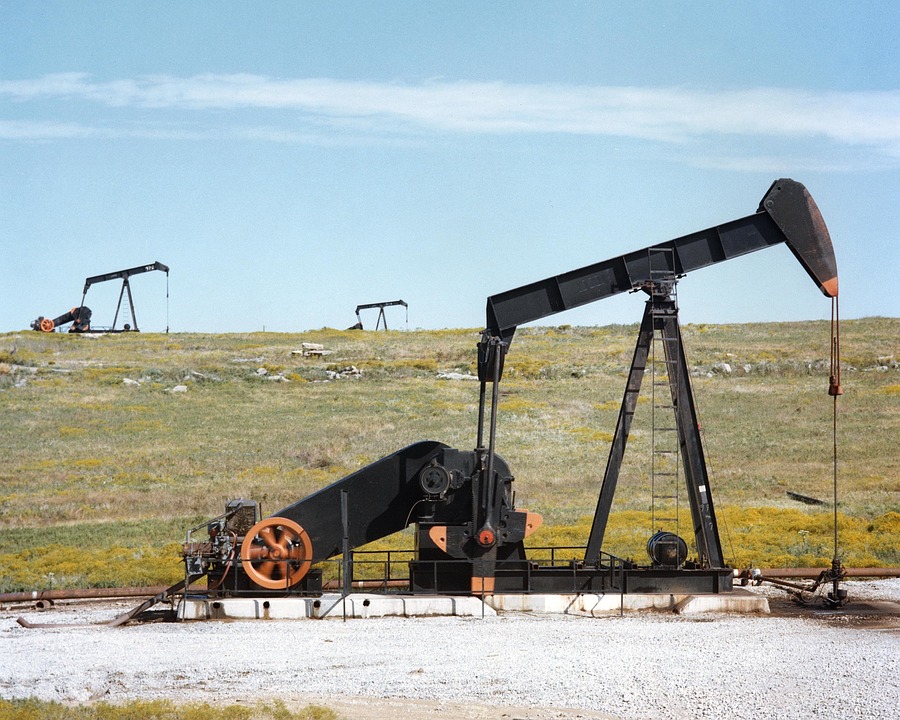Understanding Subsurface Pressures

Estimated reading time: 3 minutes

Understanding Sub-surface Pressures
Understanding subsurface pressures and their effects on the hydrocarbon system is a key input into developing successful exploration strategies, efficient well planning and ensuring the safe and effective exploration and exploitation of petroleum reservoirs. Pressure data is needed in well planning and to define exploration risk and new opportunities identified through lateral drainage and hydrodynamic traps. Therefore, understanding the various mechanisms and processes that create high pressure provides a good understanding for accurate pressure prediction. It uses all available data including drilling data and seismic data to provide optimal well location prediction as well. All these data are required for a successful and safe drilling project in any subsurface environment.
In addition to just understanding subsurface pressures, pressure measurement is also essential to optimise hydrocarbon recovery. While accurate formation pressure can be determined at almost any time in a well’s life cycle, pore pressure gradients are variable depending on subsurface temperature and pressure conditions. During the gradual change in pore pressure, also known as the transition zone, there is a change in pore pressure from hydrostatic to abnormal, or from abnormal to even a higher pressure.
Here are the 3 main types of pore pressure:
- Normal pressure
- Abnormal pressure
- Under pressure
- Normal pressure
The normal, predicted pressure for a given depth, or the pressure exerted per unit area by a column of freshwater from sea level to a given depth.
The pore pressure of rocks that is considered normal in areas in which the change in pressure per unit of depth is equivalent to hydrostatic pressure. The normal hydrostatic pressure gradient for freshwater is 0.433 pounds per square inch per foot (psi/ft), or 9.792 kilopascals per meter (kPa/m), and 0.465 psi/ft for water with 100,000 ppm total dissolved solids (a typical Gulf Coast water), or 10.516 kPa/m.
- Abnormal pressure
A subsurface condition in which the pore pressure of a geologic formation exceeds or is less than the expected or normal, formation pressure. When impermeable rocks such as shales are compacted rapidly, their pore fluids cannot always escape and must then support the total overlying rock column, leading to abnormally high formation pressures. Excess pressure, called overpressure or geopressure, can cause a well to blowout or become uncontrollable during drilling.
Abnormally high pressure might occur in areas where burial of water-filled sediments by an impermeable sediment such as clay was so rapid that fluids could not escape, and the pore pressure increased with deeper burial.
- Under pressure
Pore pressure less than normal or hydrostatic pressure. Underpressure, or a zone of underpressure, is common in areas or formations that have had hydrocarbon production. Abnormally low pressure might occur in areas where fluids have been drained, such as a depleted hydrocarbon reservoir.
Understanding Sub-surface Pressures is a 3-day training course held from 21-23 October 2019 (Kuala Lumpur). The course will explain the relevance of pressure interpretation in exploration/production/drilling while offering insights into the relationship between pressure and subsurface geological conditions, including mechanisms which create abnormal pressures, and the role of lithology in maintaining and distributing excess pressure. The trainer will provide a summary of the challenges of high pressure sediments, with particular reference to all types of tectonic environments including thrust belts, with links throughout the course to subsurface challenges in SE Asia, especially Malay Basin, offshore north Borneo (Sarawak, Brunei and Sabah), Mahakam Delta and Gulf of Thailand.
 |
